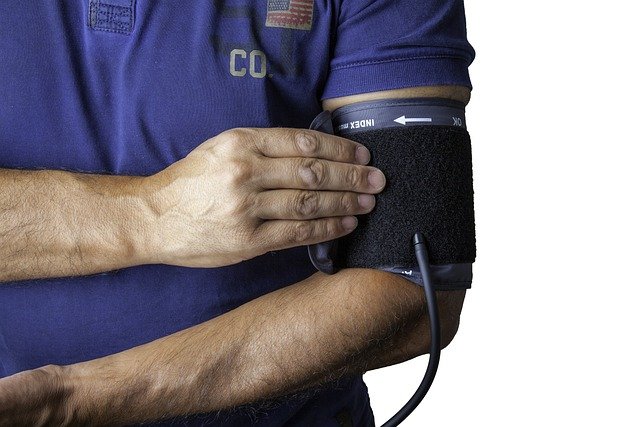Routine checkups explained: typical tests and their purposes
Routine checkups combine preventive counseling, screening tests, vaccination review, and basic diagnostics to detect early problems and support long-term wellness. This overview explains common exams, why they matter across age groups, and how monitoring and telemedicine fit into ongoing care.

Regular checkups are planned visits with a primary care clinician or specialist that emphasize prevention, early detection, and monitoring of health. During these appointments, clinicians review medical history, update vaccinations, assess lifestyle factors, and order screening or diagnostic tests tailored to age groups and individual risk. By identifying issues early, checkups help guide follow-up care, reduce complications, and support overall wellness.
This article is for informational purposes only and should not be considered medical advice. Please consult a qualified healthcare professional for personalized guidance and treatment.
What are preventive checkups and screening?
Preventive checkups focus on reducing future illness through risk assessment and appropriate screening. Typical elements include a review of family history, blood pressure measurement, body mass index calculation, and counseling on prevention strategies. Screening tests—such as cervical cytology, mammography, or colorectal screening—are offered to people without symptoms to detect disease early. Recommendations vary by age groups and risk profiles, so clinicians use guidelines to personalize screening schedules.
Which routine diagnostics detect common conditions?
Common diagnostics ordered during checkups include basic blood panels and urine tests. A complete blood count (CBC) can identify anemia or infection; metabolic panels assess kidney function and electrolytes; lipid profiles measure cholesterol for cardiovascular risk assessment; and HbA1c or fasting glucose screen for diabetes. Urinalysis may flag urinary infections or kidney issues. Additional tests, such as thyroid function or liver enzymes, are selected based on symptoms, medications, or clinical suspicion.
How do vaccination and age groups influence checkups?
Vaccination status is routinely reviewed to keep preventive protection up to date. Children and adolescents follow age-specific immunization schedules; adults may need annual influenza shots, tetanus boosters, or age-based vaccines such as shingles or pneumococcal vaccines. Older adults’ checkups often focus on fall risk, cognitive screening, and intensified chronic-disease monitoring. Age groups determine which screenings and vaccinations are prioritized and how often follow-up testing is needed.
How do lifestyle, risk assessment, and monitoring connect?
Lifestyle factors—nutrition, physical activity, sleep, tobacco and alcohol use—are central to prevention. Clinicians assess lifestyle and calculate risk scores for heart disease, diabetes, or stroke to guide tailored interventions. Monitoring involves periodic checks such as repeated blood pressure readings, weight tracking, and lab testing to evaluate progress. When risk is elevated, follow-up visits or referrals to specialists and allied health professionals support sustained behavior change and condition management.
When is telemedicine useful for prevention and follow-up?
Telemedicine can enhance access to preventive counseling, result reviews, and routine follow-up for stable chronic conditions. Remote visits are effective for medication adjustments, lifestyle coaching, and triage of minor concerns, and they reduce barriers to monitoring between in-person checkups. However, telemedicine does not replace tests that require laboratory work, imaging, or physical examination; clinicians will arrange in-person diagnostics when detection or monitoring cannot be completed remotely.
What guidelines shape detection, screening, and follow-up?
Clinical guidelines provide evidence-based recommendations on which screening tests to offer, at what ages, and with what frequency. Examples include cervical cancer screening intervals, recommended ages to start colorectal screening, and blood pressure screening cadence. Abnormal screening results often trigger diagnostic follow-up—imaging, biopsies, or specialist referral—for definitive detection and staging. Shared decision-making helps balance benefits and harms when guidelines offer multiple acceptable options.
Conclusion Routine checkups combine screening, diagnostics, vaccination review, lifestyle counseling, and monitoring to promote prevention and early detection across life stages. Understanding the common tests and their purposes helps patients engage in informed discussions with clinicians and supports appropriate follow-up and care planning tailored to individual risk and age groups.





